- Kei Mouth, Eastern Cape, South Africa
- Home
- Stay
- Play
- Eat
- Events
- Info
- Gallery
- Blog
- Kei Mouth’s 2025 Beer Fest: The Ultimate Round Up
- It’s Got Legs: The Great Kei Marathon 2025
- Motorcycle Museum To Experience New Lease of Life
- Wild Coast Horses Racing to the Line in the Eastern Cape Tourism Awards
- How To Protect Biodiversity On The Wild Coast
- An Introduction to the Wild Coast’s Winter Birds
- Winter Wellness: Recharge Your Body and Soul in Kei Mouth
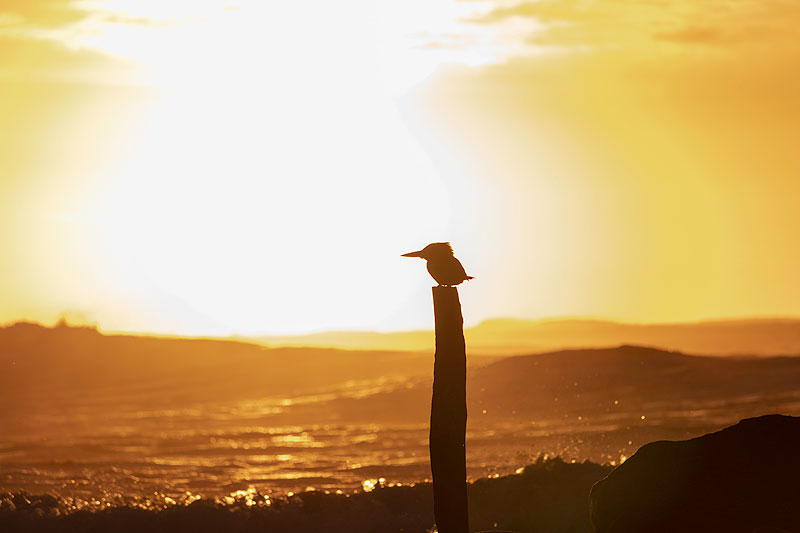
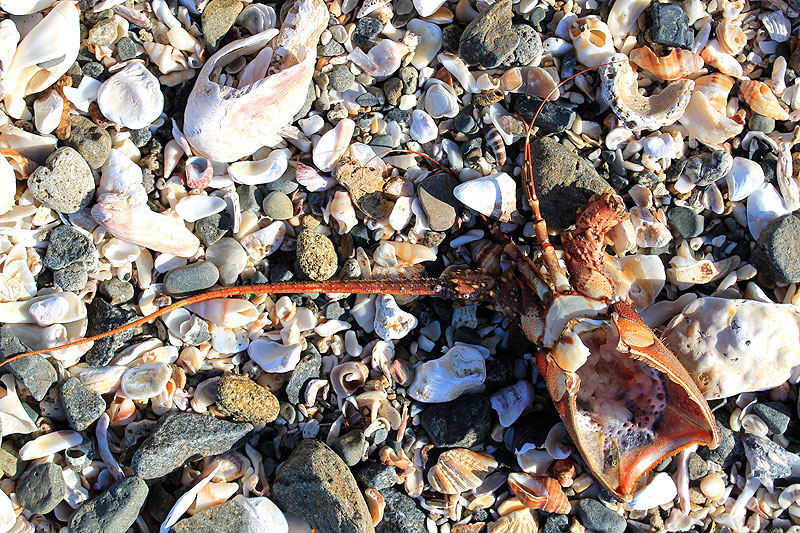
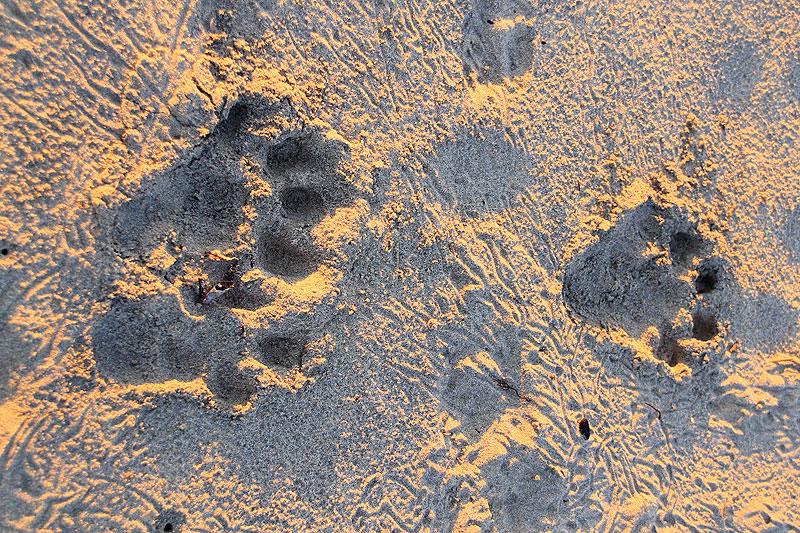
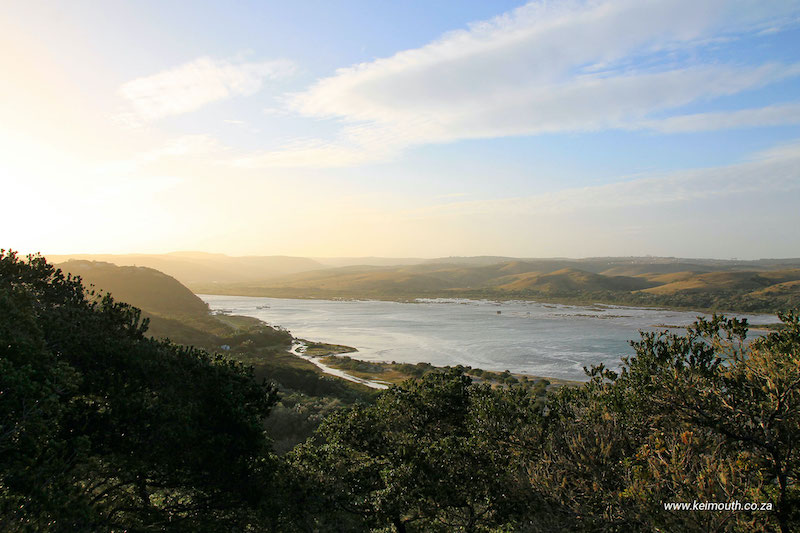
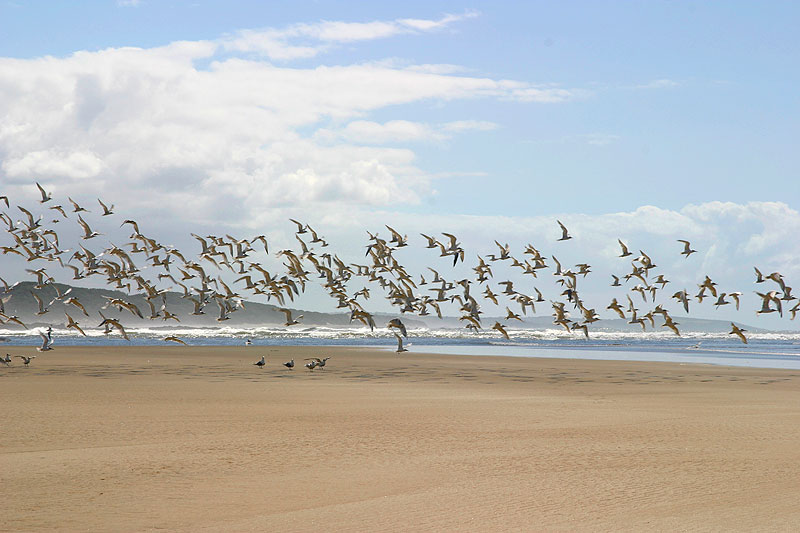
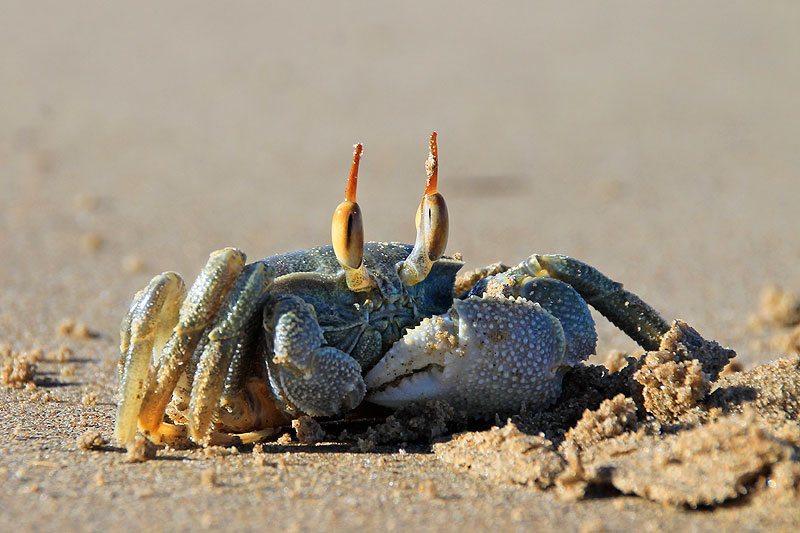
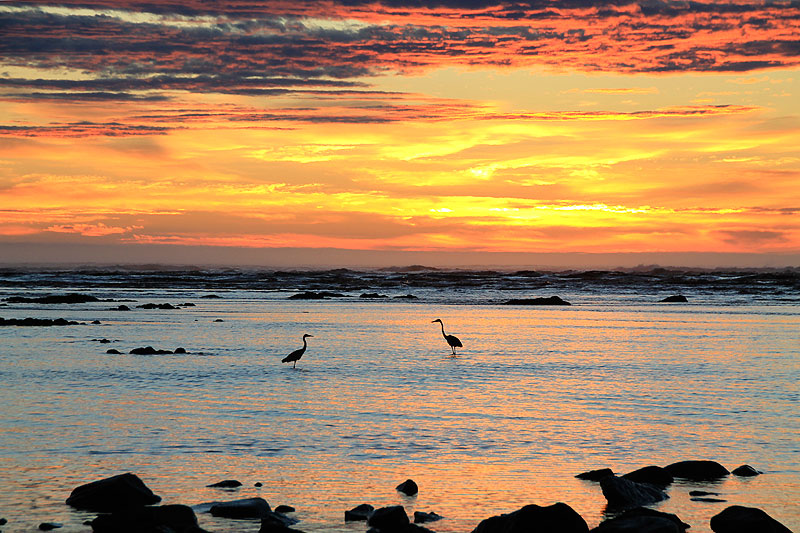
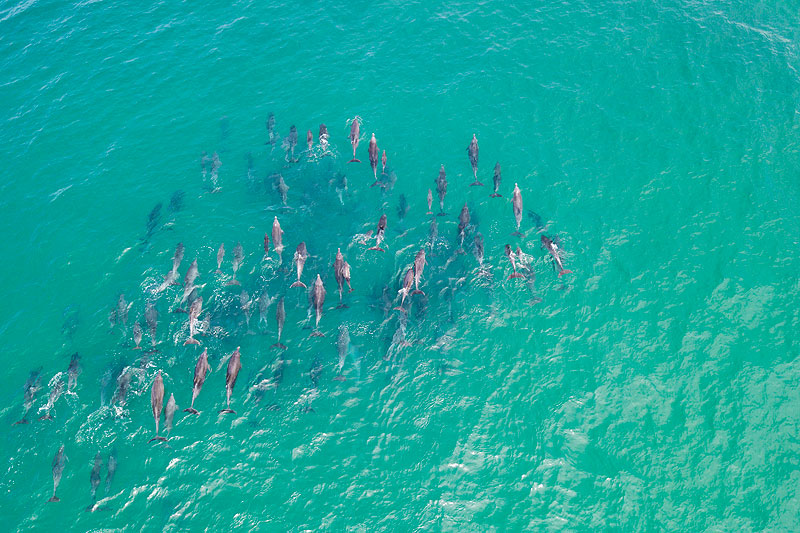
How To Protect Biodiversity On The Wild Coast
If there’s one thing I took away from Debbie Muir’s talk on pesticides and chemicals, it’s that we often don’t think twice about the chemicals we use—from the mozzie spray we apply at sundown to the weedkiller we store in the garage. But in a place like Kei Mouth, every drop counts.
While it might be perfectly legal to use pesticides, herbicides, insecticides, and other household chemicals on our own properties— when you’re in a place as ecologically significant as Kei Mouth, even small choices can have a big impact.
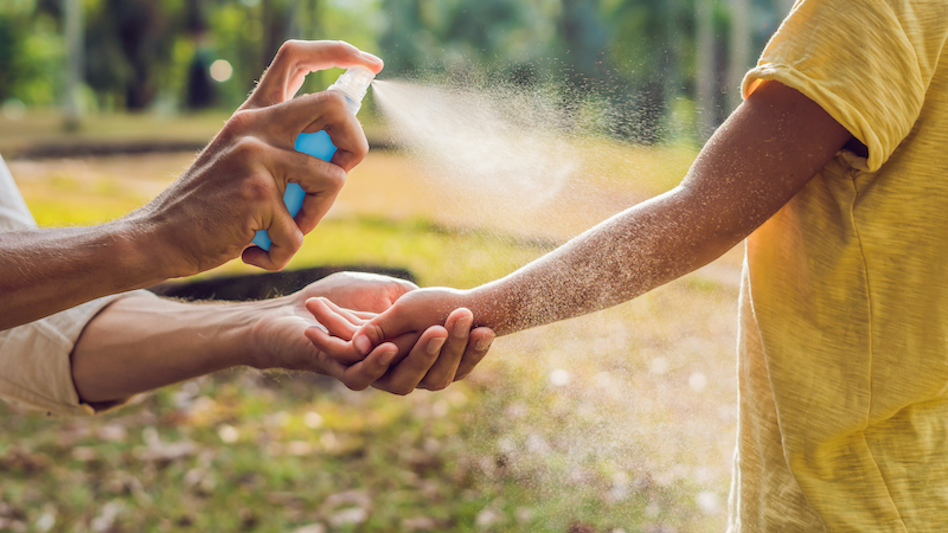
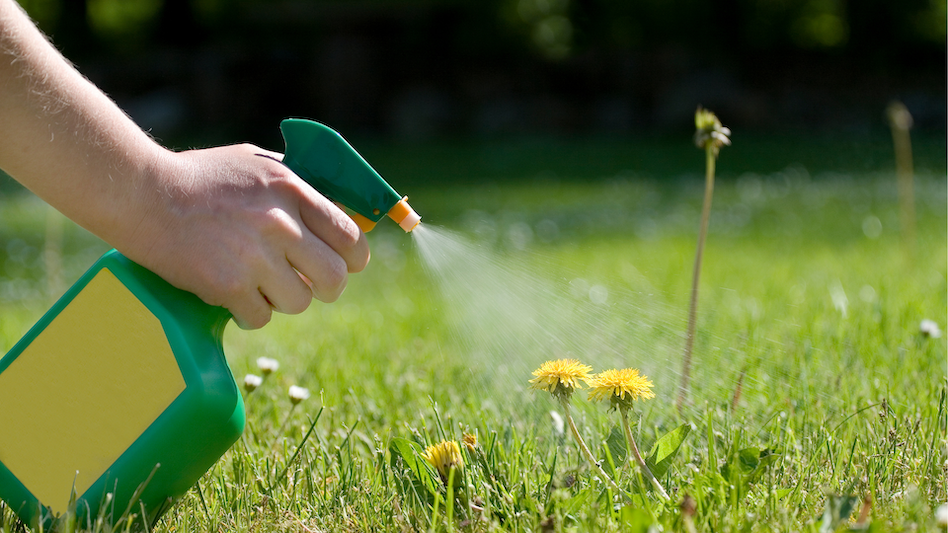
Beyond The Bug Spray: Revealing The Toxic Truth
Whether you’re a resident or a visitor, it’s worth considering what you’re putting into the environment and how those substances could be affecting not just the land itself, but also your health, the well-being of your family and pets, and the fragile ecosystems that make this place so special.
For instance, I had no idea just how toxic common insect repellents really are. The very products we rely on to protect us from the irritation of flies and mosquitoes are actually silent pollutants—filling our homes with chemicals like N,N-diethyl-meta-toluamide (DEET), which has been shown to harm both human health and aquatic life.
And that’s mild compared to some insecticides or insect killers that are not only toxic to aquatic life but also pose a serious risk to birds and other wildlife. But we tend to forget about that when the cockroaches come out!
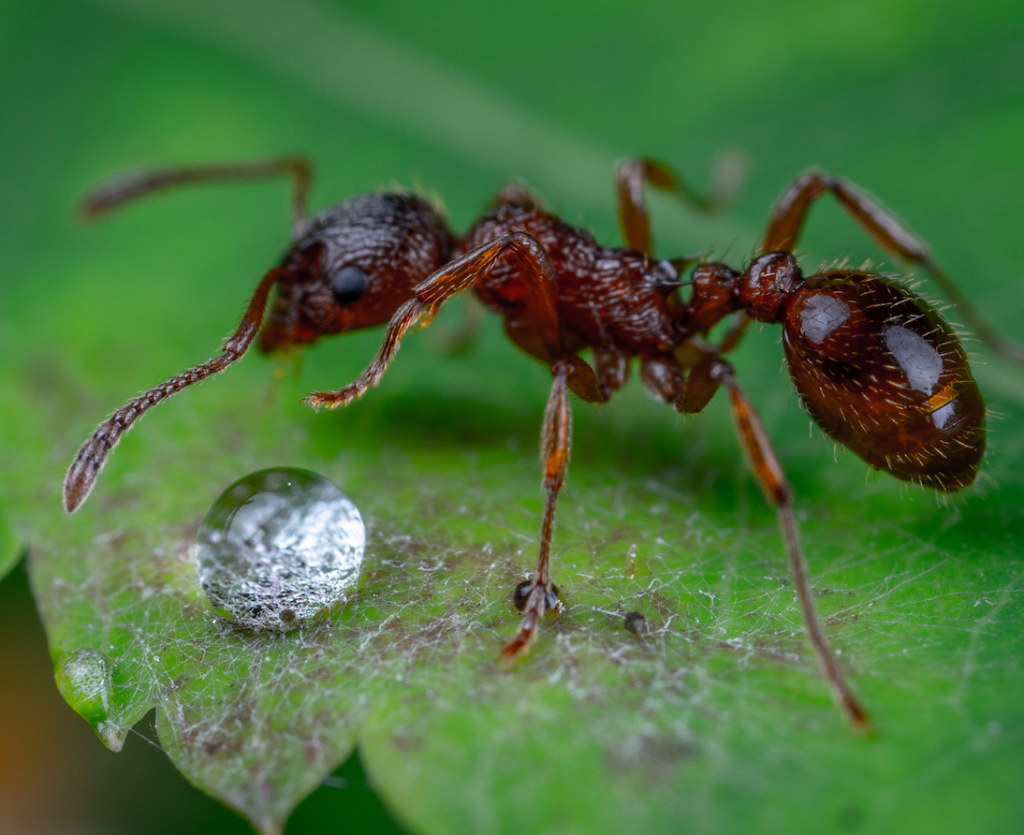
Guardians of the Green Coast: A Shared Responsibility
Whether you’re a permanent resident of our little seaside village or just an occasional visitor, understanding the impact you have on the ecosystem may not feel critical—but it matters. Every choice we make, from the chemicals we use to the way we interact with nature, contributes to the long-term health of our environment. These seemingly small decisions could have big consequences, disrupting our natural biodiversity and threatening our status as a WESSA-recognised Green Coast site.
Currently, both Kei Mouth and Morgan Bay enjoy WESSA Green Coast status—an official recognition awarded to “high biodiversity coastal areas and eco-tourism destinations in South Africa that appeal to people seeking adventure and nature-based experiences.”
It’s an image and identity we should all work to protect, as it holds enormous promise not only for tourism and the local economy but also for the long-term health of our environment. Preserving this status means preserving the coastline we all love so much. After all, it’s the clean beaches, abundant wildlife, and a deep connection to nature that make Kei Mouth so special.


Conservation in Action: Healing Kei Mouth’s Ecosystem
The use of chemicals in the environment does, of course, extend beyond your property’s borders, and those who’ve committed themselves to restoring communal spaces—like the Butterfly Reserve—have had to navigate a complex balancing act.
On the one hand, carefully targeted pesticides may be necessary to protect indigenous vegetation and maintain biodiversity. This approach, coupled with mechanical removal, has proved very successful in various areas around the village.
If we don’t manage the threat of invasive alien species, we risk a steady slide into habitat degradation—and, with it, a decline in the natural beauty and biodiversity that drive eco-tourism and support the local economy.
Fortunately, local conservation champions like Dr Deborah Robertson-Andersson, Monica Maroun, the Nature Nerds, Phillip Hodson and his team, alongside other dedicated groups have been working hard to clear invasive plants and rehabilitate natural habitats.
Their efforts are paying off: wetlands that had all but disappeared are slowly returning, butterflies are flourishing, and a small family of blue duiker has re-established itself in the area—all signs of an ecosystem beginning to thrive once more.
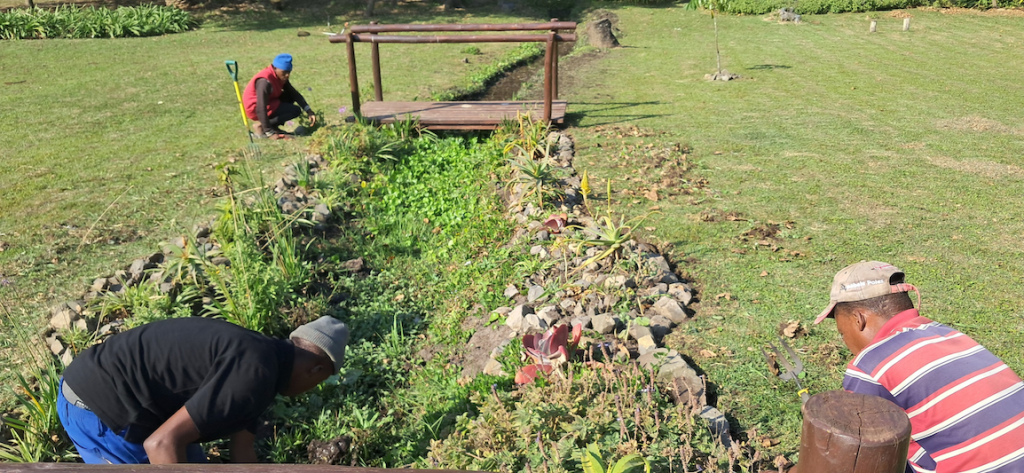
Small Changes, Big Impact: Safeguarding Our Future
If we want to keep enjoying the rich winter birdlife and continue offering visitors the kind of fishing opportunities and eco-tourism experiences that make Kei Mouth so special, we all need to be more mindful of the chemicals we introduce into our environment.
Of course, you want to keep creepy crawlies out of your home—no one enjoys sharing their kitchen with ants or being terrorised by mosquitoes—but before reaching for those products you’ve been relying on for years, it’s worth considering the bigger picture.
Imagine if everyone in Kei Mouth used those same products at the same time—the cumulative impact on our soil, waterways, and wildlife would be significant. And over time, those small, everyday choices may quietly erode the very natural beauty we value so highly – and even have a negative impact on the fishing, which draws so many people to the area!
The good news is, you don’t have to go to extreme lengths or patrol the streets looking for rogue pesticide users to make a difference. Making a few simple changes to how we approach our personal chemical use can have a powerful and welcome impact.
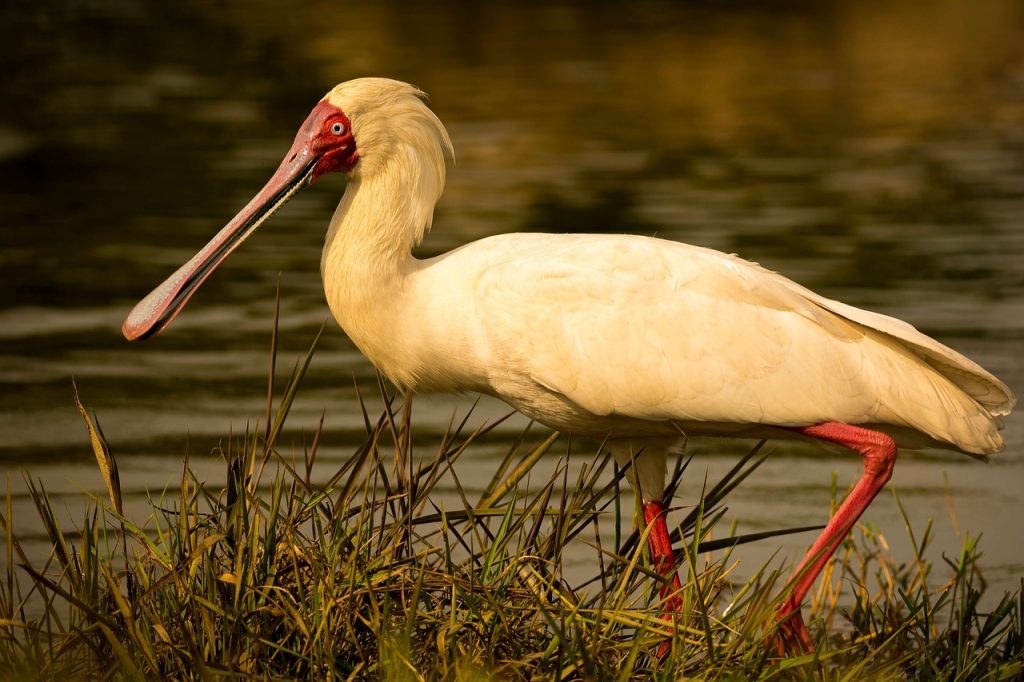
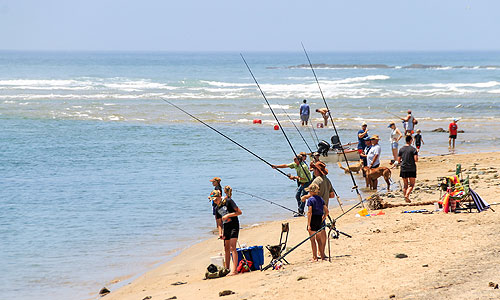
How You Can Help Protect Biodiversity on the Wild Coast:
- Choose eco-friendly alternatives: Opt for natural insect repellents, plant-based cleaning products, and low-toxicity garden treatments.
- Read the label: Avoid products that list DEET, permethrin, or other highly toxic chemicals—especially near water sources.
- Use chemicals sparingly: If you must use them, apply the smallest effective amount and only as directed. Avoid spraying near wetlands, drains, or natural vegetation.
- Support local conservation efforts: Join a clean-up day, volunteer with a local conservation group, or donate to community-based restoration projects.
- Plant indigenous species: Gardening with local plants supports native pollinators and requires less chemical input.
- Create habitat-friendly spaces: Leave small wild areas in your garden or yard to encourage biodiversity.
- Spread the word: Share what you learn with friends, family, and other visitors—positive change often starts with a single conversation.
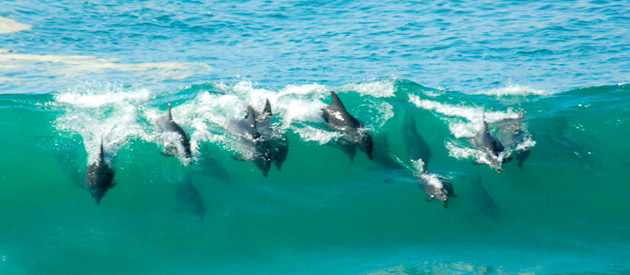
Conclusion
Protecting biodiversity on the Wild Coast is a shared responsibility that we all carry.
By being more aware of the choices we make about chemical use in the home, we can make a positive contribution to Kei Mouth and help protect its unique beauty and rich ecosystems for generations to come.
Small actions add up and together, we can ensure this special place remains a thriving haven for wildlife, tourists, and community alike.


Comments